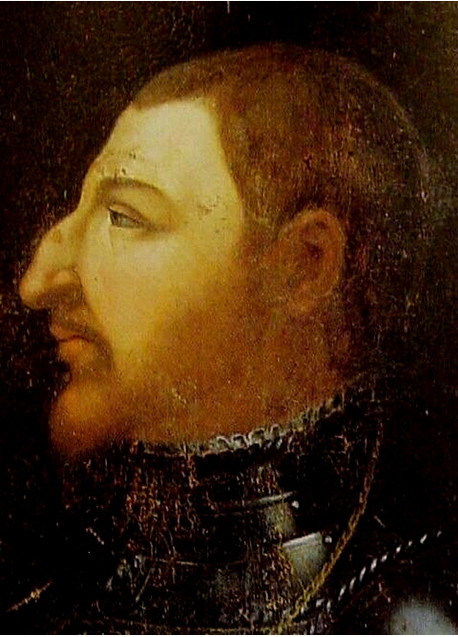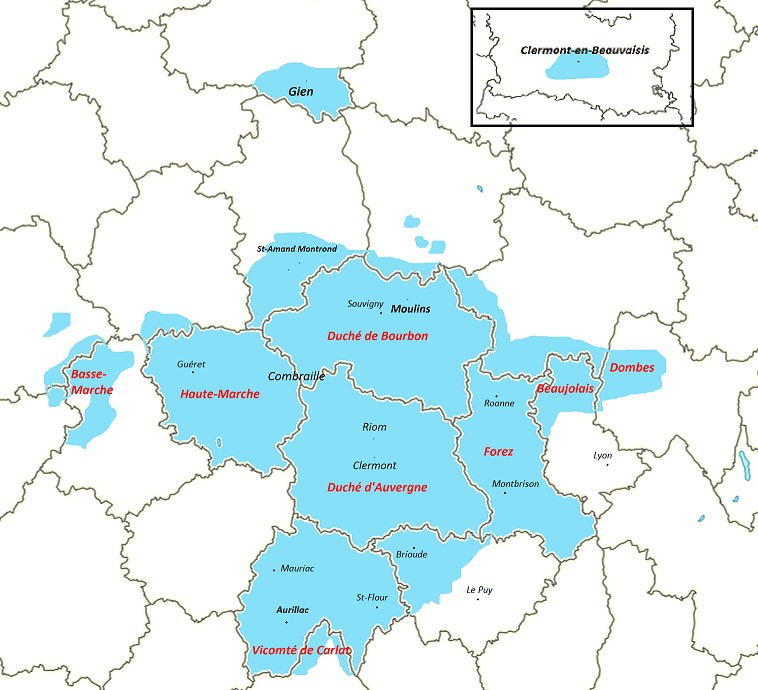
A noble lady widowed at a young age, regent to the king and initiating an alliance with the Ottomans that is still has its impact in the 21st century.
Story in the evening ...
Story in the evening ...
https://twitter.com/Arby_K/status/1329974358819815425
Louise de Savoie was born in 1476 to Philippe de Savoie and his wife Marguerite de Bourbon. Her father was a younger son of the Duke of Savoy and would eventually succeed in Savoy after the death of his grand nephew in 1496. 1/10 

In 1488, Louise married Charles d'Orléans, Count of Angoulême, a distant relative of the French King. His death in 1496 the same year her father became Duke, would leave Louise a widow with two young children, Marguerite and Francois. 2/10 

The death of the French king in 1498 brought the end of the senior Valois line making her husband's first cousin the new king and her 4 old son Francois the heir apparent. Louise would go on to take an active role in her children's education. 3/10 

Under their mother's tutelage, the siblings would go on to become patrons of art, with the elder Marguerite writing many poems and plays. Leonard da Vinci would spend his last years in the court of Francois and it is Francois who would bring Mona Lisa to the Louvre. 4/10 

It is however on the battlefield that Francois would make his mark. As King of France after 1515, he would lead France to victory in the Battle of Marignano, acquiring Milan, only to lose it after defeat and capture at Pavia in 1525. 5/10 

As her son went to battle, Louise would be the Regent in his stead. Her son's capture at Pavia would lead her to an unprecedented alliance. In 1525, Jean Frangipani would lead a French delegation to the court of the Ottoman Sultan, Suleiman the Magnificent. 6/10 

The request would be one of the reasons for Ottoman invasion of Hungary in 1526. After victory at Mohács, Ottomans would gain control of most of Hungary till 1699. The alliance would be formalized later and form the basis for Franco Ottoman interactions for the 400 years. 7/10 

In 1529, Louise would salvage a treaty with the Habsburgs at Cambrai. Representing the Habsburgs was the Emperor's aunt and Louise's sister-in-law, Margareta, the Governor of Netherlands. 8/10 

As she died in 1531, she had brought peace to France and an alliance that would eventually lead to a long lasting exchange of trade and culture between the two nations. France would be the first European nation to have an alliance with the Ottomans. 9/10 

Soon after her death, Francois, still competing with the Habsburg Emperor who was also King of Spain, would commission Jacques Cartier to set sail for the New World setting in motion the creation of New France. 10/10 

• • •
Missing some Tweet in this thread? You can try to
force a refresh














